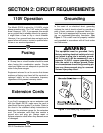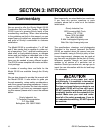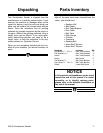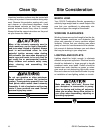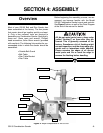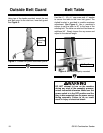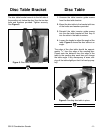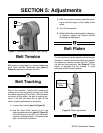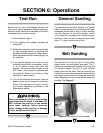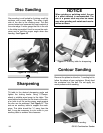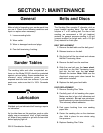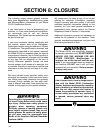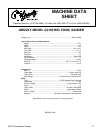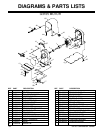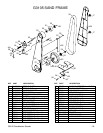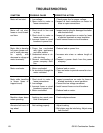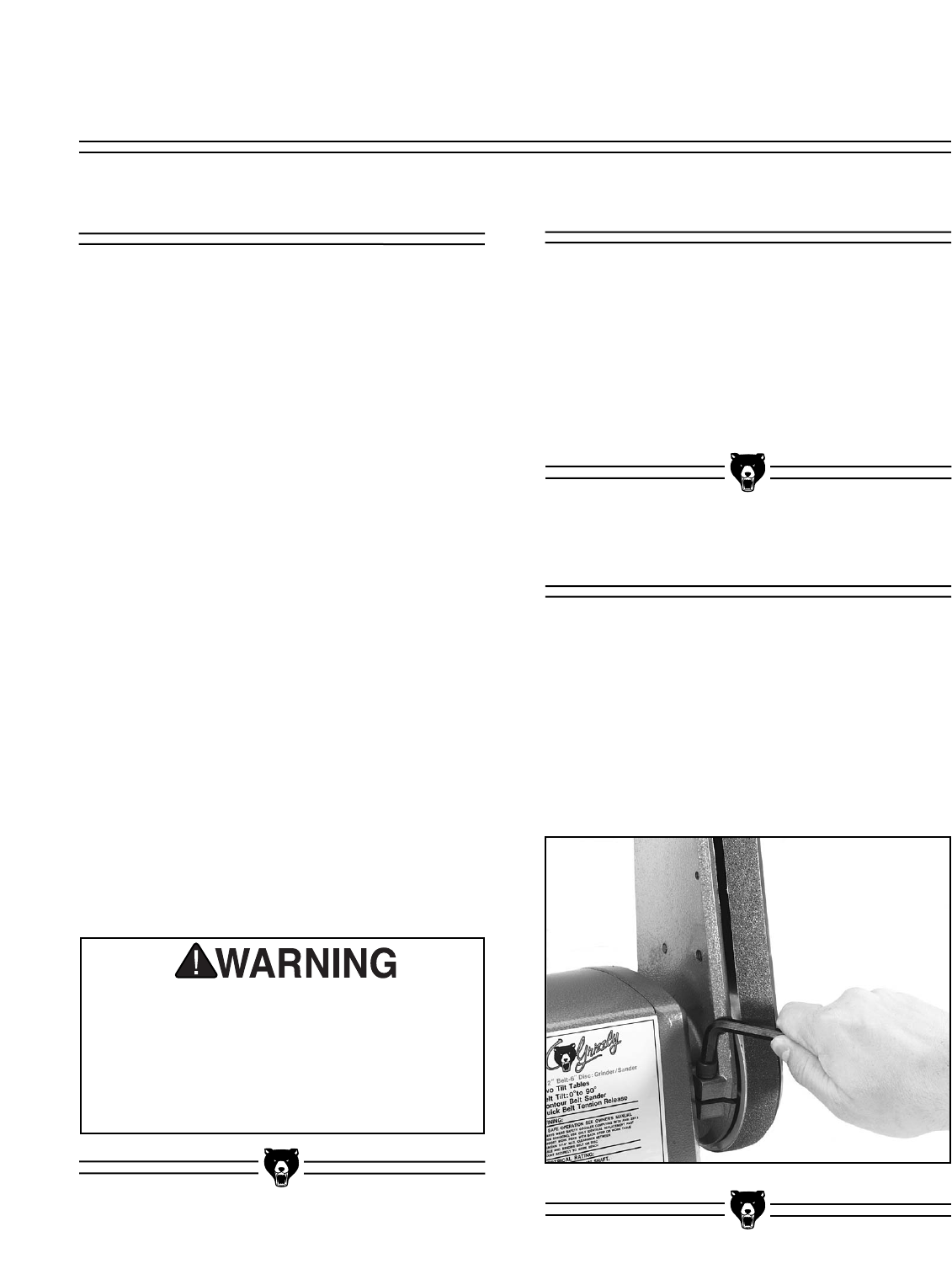
G3105 Combination Sander -13-
SECTION 6: Operations
Before you put your Combination Sander into
use, give it a quick inspection. Before inspecting,
ensure that the machine is switched off and dis-
connected from its power source.
1. Are all fasteners tight?
2. Is the sanding belt properly tracked and
tensioned?
3. Rotate disc slowly by hand. Look and listen
for any scraping noises or anything that
impedes smooth movement. Make appro-
priate adjustments before attempting to run
the machine.
4. If the sander appears to be free of prob-
lems that might affect its operation, plug it
in to its power source and start the
machine. Be sure to keep a finger on the
OFF button, just in case of a problem with
the machine. Allow to run briefly to allow
inspection of belt tracking.
5. Turn off the machine, disconnect it from its
power source, and re-inspect for loose fas-
teners. If the tracking is not correct, refer to
the tracking adjustment guidelines in the
Adjustments section.
Never use the Model G3105 for applications
other than those for which it was made. DO
NOT overload the machine or use excess
force when sanding. Severe personal
injury, damage to the machine, or damage
to your workpiece could occur.
For general wood sanding, position and secure
table, turn the machine on, and slowly feed your
workpiece into the belt or disc. For disc sanding,
note the direction of the disc’s rotation and be
sure to feed your workpiece into the disc’s down-
ward spin. Also, be sure to keep the work table
about
1
⁄16" away from the belt or disc.
The abrasive belt can be used to sand wood,
deburr metal, or polish plastic and glass. The 1"
belt size is convenient for sanding in corners and
for concave edges. The belt is most efficient
when used with the table. The belt housing can
be tilted to a horizontal position by loosening the
cap screw at the base and tilting the assembly
back. Retighten the cap screw before beginning
sanding. See Figure 9.
Figure 9. Horizontal tilt of belt sander.
Test-Run
General Sanding
Belt Sanding



